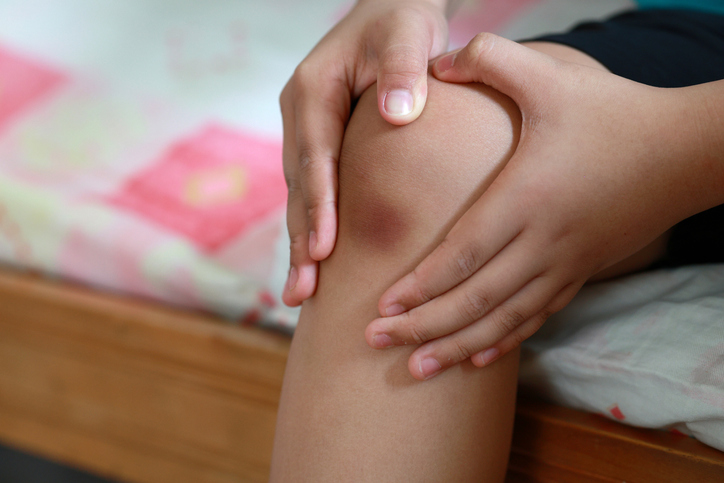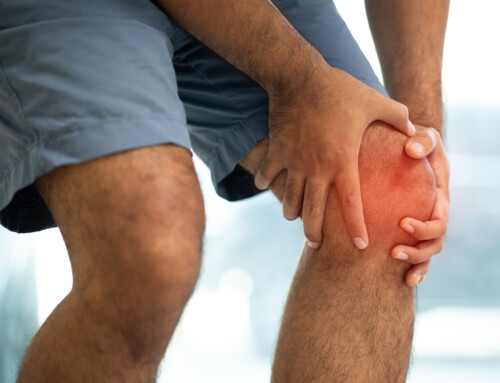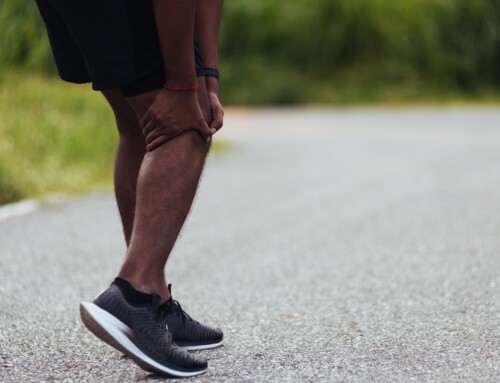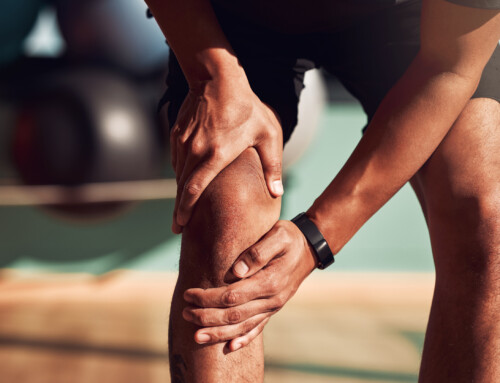By Stephanie Mason, SPT
What is Osgood-Schlatters Disease?
Osgood-Schlatter disease (OSD) is an overuse injury that causes inflammation just below the knee where the tendon from the kneecap (patellar tendon) attaches to the shinbone (tibia). This condition commonly occurs in growing children, between the ages of 8 and 15 years old. During this period, children often have a growth spurt which increases the risk of developing OSD for two reasons; their bones are not fully developed yet (less strong than adult bones) and their bones growing faster than their muscles/tendons. Both of these factors, place the attachment point of the patellar tendon on the tibia, called the tibial tubercle/tuberosity, at a mechanical disadvantage to withstand repetitive forceful bending and straightening of the knee. The young athletic population, who participate in running and jumping sports are at an increased risk for developing OSD.
OSD Signs and Symptoms
Children with OSC will commonly complain of:
- Pain in the front of the knee
- Tenderness and/or swelling on the tibial tubercle
- Tight muscles of the thigh
- Boney growth at the top of the shin
- Loss of knee range of motion
- Loss of thigh muscle strength
- Pain with kneeling, squatting, climbing stairs or jumping
These symptoms will commonly be associated with running, jumping or other sports-related activities. Sometimes OSD can be associated with a sudden increase in exercise intensity, frequency or duration.
How can physical therapy help OSD?
A physical therapist will perform an evaluation to rule out other conditions that will require other medical care and imaging, such as a stress fracture. With other conditions ruled out, a physical therapist can develop an individualized treatment plan that addresses the patient’s current condition and will perform various treatments to assist with their return to usual activity without limitations. Some treatments may include:
- Pain management: Discuss interventions to reduce pain and inflammation including heat, ice, bracing and activity modification.
- Strength training: Exercises will begin to address deficits in hip, knee and core muscle strength to reduce the stress on the front of the knee.
- Hands-on manual therapy: Various techniques can help improve range of motion, reduce pain and improve flexibility.
- Patient education: Discuss importance of initial rest and develop a treatment plan that suits the individual.
- Return to sport preparation: Discuss sport specific training and testing to help the risk of re-injury following return to sport.
References
- van Leeuwen GJ, de Schepper EI, Rathleff MS, Bindels PJ, Bierma-Zeinstra SM, van Middelkoop M. Incidence and management of Osgood–Schlatter Disease in general practice: Retrospective Cohort Study.British Journal of General Practice. 2021;72(717). doi:10.3399/bjgp.2021.0386
- Physical Therapy Guide to Osgood-Schlatter Disease. Choose PT. November 14, 2019. Accessed July 9, 2023. https://www.choosept.com/guide/physical-therapy-guide-osgoodschlatter-disease.
- Osgood-Schlatter Disease. Boston Children’s Hospital. 2021. Accessed July 9, 2023. https://www.childrenshospital.org/conditions/osgood-schlatter-disease.
- Osgood-Schlatter Disease. OrthoInfo. 2021. Accessed July 9, 2023. https://orthoinfo.aaos.org/en/diseases–conditions/osgood-schlatter-disease-knee-pain/.






